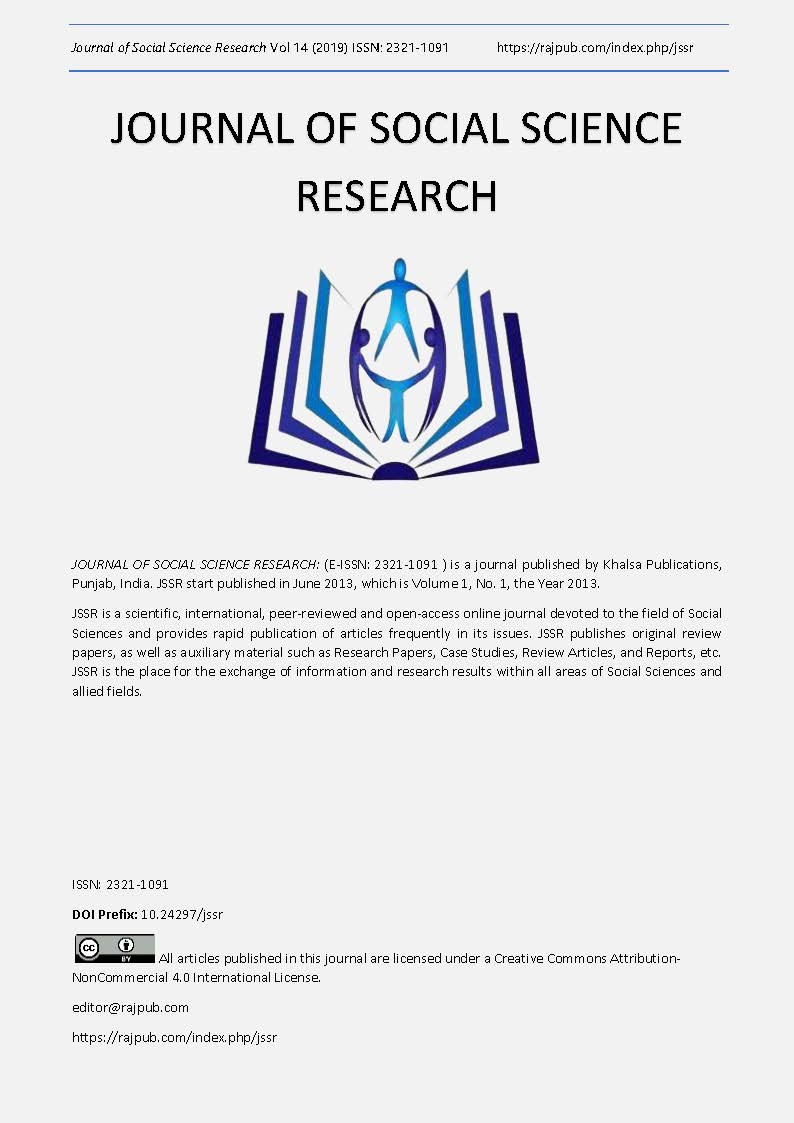Impacts of Blended Learning on Students’ Vocabulary Enhancement
DOI:
https://doi.org/10.24297/jssr.v14i0.8424Keywords:
Blended Learning, Face-To-Face Learning ReviewAbstract
This critique examines three studies about the impact of blended learning on students’ vocabulary enhancement. The name of the author of the first article is Sezen Tosun. The article is entitled as “The effects of blended learning on EFL students’ vocabulary enhancement.” It was published by Elsevier Ltd-Procedia - Social and Behavioral Sciences 199 (2015) 641 – 647. The second article is “Enhancement of Students' Vocabulary Learning through a Blended Learning Approach”. The authors of this article are Dinara G. Vasbieva, Irina I. Klimova, Elena L. Agibalova, Natalya V. Karzhanova, and Jana Bírová. The article accessed on IEJME-Mathematics Education on look academic publishers (open access), VOL. 11, NO. 5, 1195-1203 in 2016. The last article is a study about “A Blended Learning Approach to Enhance College Students’ Vocabulary Learning”. It is written by Djiwandono, and released on 2013, Vol. 10, No. 2, pp. 210–220 from Electronic Journal of Foreign Language Teaching. The credentials of the authors are not specifically stated in the articles except Vasbieva et al. The central argument of the articles was to investigate the effects of the blended learning approach to teach and learn English vocabulary. Therefore, this critique was designed to produce a systematic review of studies contrasting vocabulary learning outcomes for either blended learning conditions or with those of full face-to-face classroom instruction.
Downloads
Downloads
Published
How to Cite
Issue
Section
License
 All articles published in Journal of Advances in Linguistics are licensed under a Creative Commons Attribution 4.0 International License.
All articles published in Journal of Advances in Linguistics are licensed under a Creative Commons Attribution 4.0 International License.




